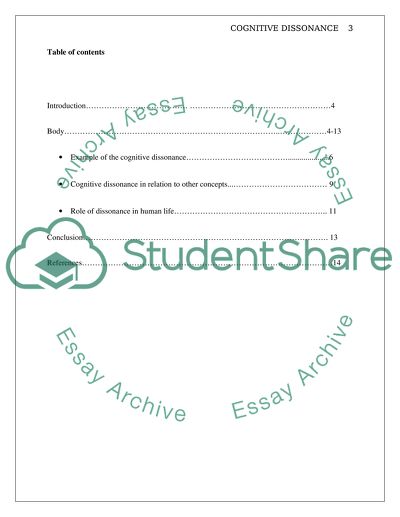Cite this document
(“Psychology Research Paper: Cognitive Psychology - Cognitive dissonance Paper”, n.d.)
Retrieved from https://studentshare.org/psychology/1395034-final-paper
Retrieved from https://studentshare.org/psychology/1395034-final-paper
(Psychology Research Paper: Cognitive Psychology - Cognitive Dissonance Paper)
https://studentshare.org/psychology/1395034-final-paper.
https://studentshare.org/psychology/1395034-final-paper.
“Psychology Research Paper: Cognitive Psychology - Cognitive Dissonance Paper”, n.d. https://studentshare.org/psychology/1395034-final-paper.


